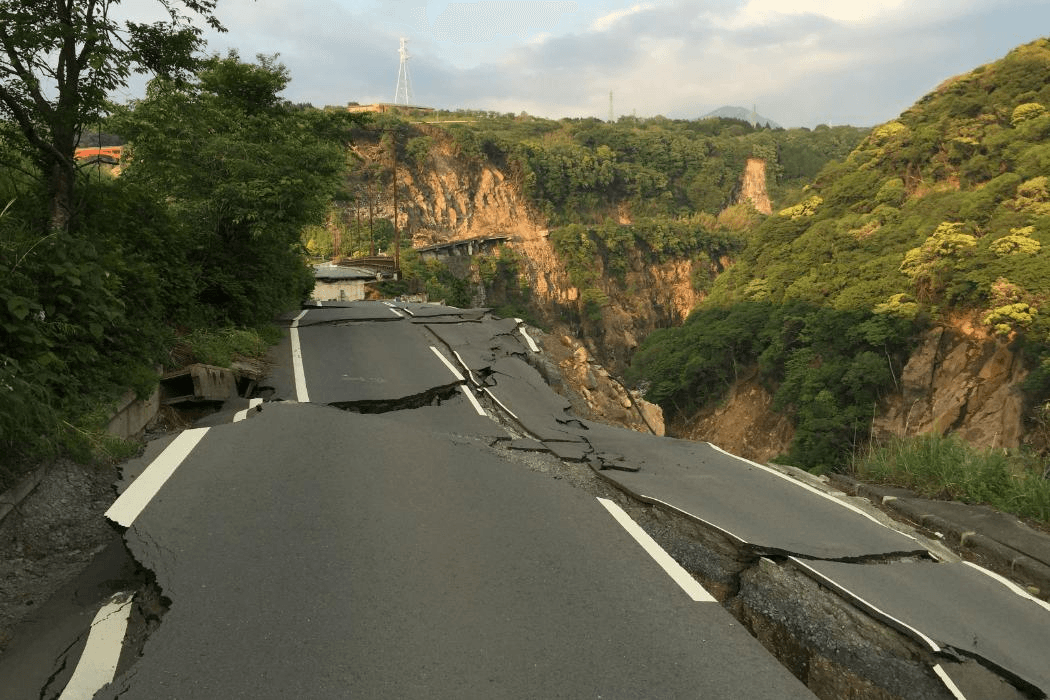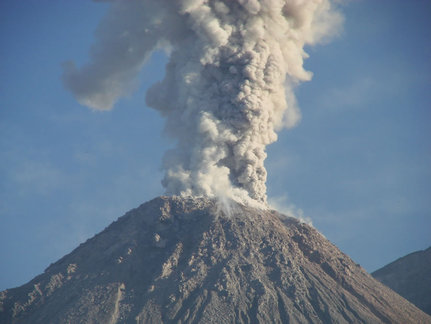New and emerging seismograph technologies offer significant improvements for addressing challenging environments commonly associated with geohazards. In particular, recent technological developments have reduced the size, weight, and power of available systems, making them far easier to transport to the field, with attendant improvement in response time (days as opposed to weeks). Real-time telemetry, an emerging new capability for portable instruments, will be a game changer by allowing investigators to immediately assess ongoing activity, adapt their response while in the field, and provide more timely information to inform hazard monitoring and recovery efforts. However, implementing real-time telemetry will be challenging, given that these systems must work in a variety of different environments, be easily set up by non-experts, and be robust and operate within limited power budgets.
A rapid response capability is part of the existing seismic and geodetic facilities, but is underdeveloped relative to its potential. With the availability of new technology, we see an opportunity to address community aspirations while growing ties to the geohazards community. This frontier activity will include substantial collaboration with UNAVCO to explore integrated seismo-geodetic systems for rapid response studies. We envision a rapid response equipment pool that is kept readily available, is easy to ship and deploy, and is fully capable of collecting critical research-grade data (i.e., high-signal-to-noise, on-scale seismograms), as well as staff that can support these systems and assist with immediate training of PIs and deployment of the systems.


IRIS has synthesized much of the input we've received into a community white paper, released in November 2020. This document summarizes the current state of rapid response science, outlines observational needs and capabilities, and makes recommendations for use of existing procurement funds.
Click here to download a copy of the white paper.
IRIS has gathered community input on what a rapid response cabability should look like through a variety of methods over the course of 2019 and 2020. Below is a list of events that were held, along with links to download recordings and presentations.
Volcanic hazards
Monday, September 23rd @ 4pm ET
Host: Wes Thelen, USGS CVO
Invited speakers: Diana Roman, Matt Haney, Jamie Farrell, Greg Waite
Download video recording (123.1mb, .mp4, 100 minutes)
Induced Seismicity hazards
Thursday, September 26th @ 3pm ET
Host: Heather DeShon, SMU
Invited speakers: Mike Brudzinski, Elizabeth Cochran, Stephen Veitch, Jake Walter
Download video recording (186.3mb, .mp4, 92 minutes)
Large Earthquake hazards
Wednesday, October 2nd @ 1pm ET
Host: Susan Beck, Univ of Arizona
Invited speakers: Steve Roecker, Yehuda Ben Zion, Marianne Karplus, Zhongwen Zhan
Download video recording (150.7mb, .mp4, 73 minutes)
Hyrosphere/Cryosphere hazards
Thursday, October 3rd @ 2pm ET
Host: Victor Tsai, Brown
Invited speakers: Bradley Lipovsky, Danica Roth, Toshiro Tanimoto
Download video recording (123.1mb, .mp4, 68 minutes)
Geomagnetic hazards
Friday, November 1st @ 3pm ET
Host: Anna Kelbert, USGS, Geomagnetism Program
Invited speakers: Christopher Balch, Jeffrey Love, Sean Murphy, Adam Schultz, Rui Sun, Emily Wolin
Download video recording (287.1mb, .mp4, 105 minutes)
OBS response to marine hazards
Tuesday, February 25th @ 2pm ET
Host: Nathan Miller, USGS, Woods Hole Coastal and Marine Sciences Center
Invited speakers: Jackie Caplan-Auerbach, Jochen Braunmiller, Gabrielle Tepp, Rufus Catchings
Download video recording (150mb, .mp4, 93 minutes)
If you have questions related to IRIS' rapid response to geohazards initiative, please email Bob Woodward, Kent Anderson, or Justin Sweet.